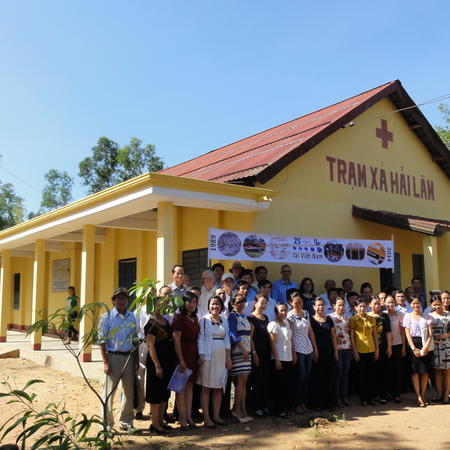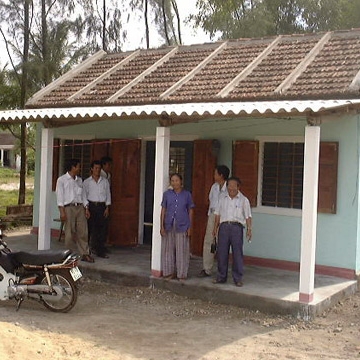Back to square one: Poorest communities call for locally owned Disaster Risk Reduction

Given that the global scientific community know so much of the processes and mechanisms of hazards; and globally there are the resources to prepare and adapt, how is it possible that so many people still suffer unnecessary from hazards?
“The little improvement we gained with hard work over the years was again back to zero because of the flooding” – Celia from the Philippines, a COMPASS 2015 contributor.
COMPASS 2015 perhaps provides an answer why Celia and many millions continue to suffer from preventable disasters every single day.
COMPASS 2015 states that, even though research highlights the importance of investment in preparedness and prevention there appears to be little incentive for development and government agencies to prioritise these life saving measures. Illogically countries are praised for reconstruction efforts but not for preventing disasters in the first place.
Disaster Risk Reduction (DRR) it seems is just not ‘sexy’ enough for politicians and subsequently development and humanitarian funders. This is partially because the approaches are long-term and results may take years to realise; far longer perhaps than the average political term in office. DRR is also about enabling communities to manage their own risk and work in partnership with local government and other institutions. Therefore placing at-risk communities at the heart of national policies and actions should be a priority for governments around the world, but this is rarely the case.
Despite the severe lack of DRR funds, currently amounting to just 1% of overseas aid[i], international law states that to have protection and relief from disasters is a basic human right. But there are millions of people suffering around the world who will never have that basic right. Many will certainly be killed before action is taken.
Through COMPASS 2015 people living in poverty are asking global leaders for a development framework that works for them. They are calling for acknowledgement that with appropriate investment hazards (both man-made and natural) can be managed, vulnerabilities decreased and subsequently their risk reduced. They are calling for MDGs that build their resilience so that they can live with the changing climate conditions now and of the future, thrive despite the everyday stresses and extreme shocks, and ensure that their basic human rights are realised.
Highlighting the importance of building resilience the poorest people of the world are calling for an integrated approach to development that responds to the multiple factors that worsen their situation. This includes local disaster risk reduction supported by international frameworks that protect and enable the most vulnerable to flourish with dignity.
“The people whom I think are responsible for bringing about change are the very people who live in this community because we are the ones who know our own problems” –COMPASS 2015 contributor Agnes from Uganda (page 48).
Between 1992 and 2012 approximately 1.3 million people were killed unjustly from natural hazard triggered disasters around the world. According to the UN body for Disaster Reduction, the UNISDR, this is the equivalent of over 3000 jumbo jet crashes. It is estimated that 95% of those killed live in developing countries and many more millions lost livelihoods and were subsequently trapped in poverty.
COMPASS 2015 has highlighted that without fair, local-level and participatory disaster risk reduction there can be no development.
Kate Crowley, DRR Advisor, CAFOD / See Report "Setting the post-2015 development compass: Voices from the ground"
See also report DRR: Spending where it should count











